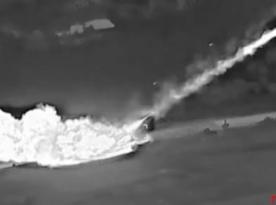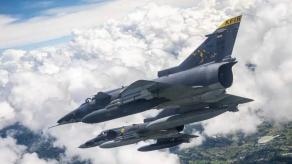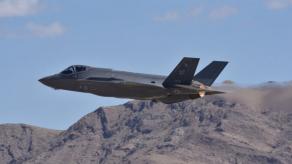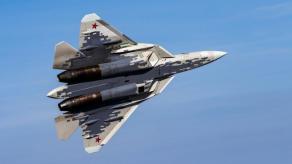Next day after the russian federation announced the beginning of exercises with non-strategic nuclear weapons, the Ministry of Defense of belarus, its neighbor and ally, reported similar training on its territory. The belarusian forces would use weapons that russia had placed inside the country last year.
Engaged in these drills are Iskander short-range ballistic missile systems and, notably, Su-25 attack aircraft which Minsk continues to call nuclear carriers. Reminder: Su-25 was not designed to carry atomic weapons yet after a conversation between rulers of russia and belarus, Putin and Lukashenko, who both confused the names of combat jets, this subsonic aircraft was, according to official statements, revamped and became capable to carry nukes, even though it turns such a mission into a one-way trip for the Su-25 and its pilot.
Read more: Tactical Nuclear Drills in russia as Response to "Provocative Statements" From the West: Purpose, Weapons, Reasons
Now it turns out that the belarusian defense ministry doesn't know what the nuclear air bombs look like. In the video featuring a Su-25 allegedly carrying them, the belarusians blurred the wrong thing: external fuel tanks instead of the bombs attached to the nearby hardpoints.
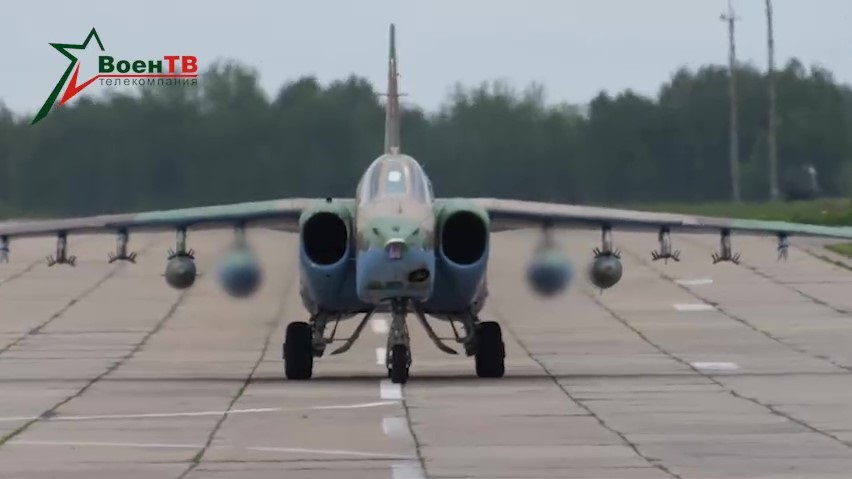
In the very next frame, they chose not to blur anything at all, so we can see the entire payload, including the bombs it's carrying in full view.
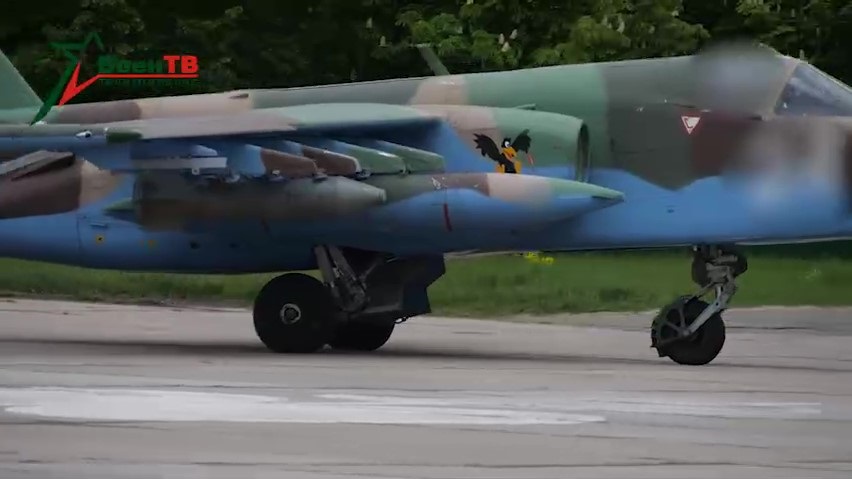
Those look nothing like nuclear munitions. The exact identification is quite difficult but we can assume it is a cluster action free-falling bomb, probably the AGITAB-500. But most certainly not a nuclear weapon.
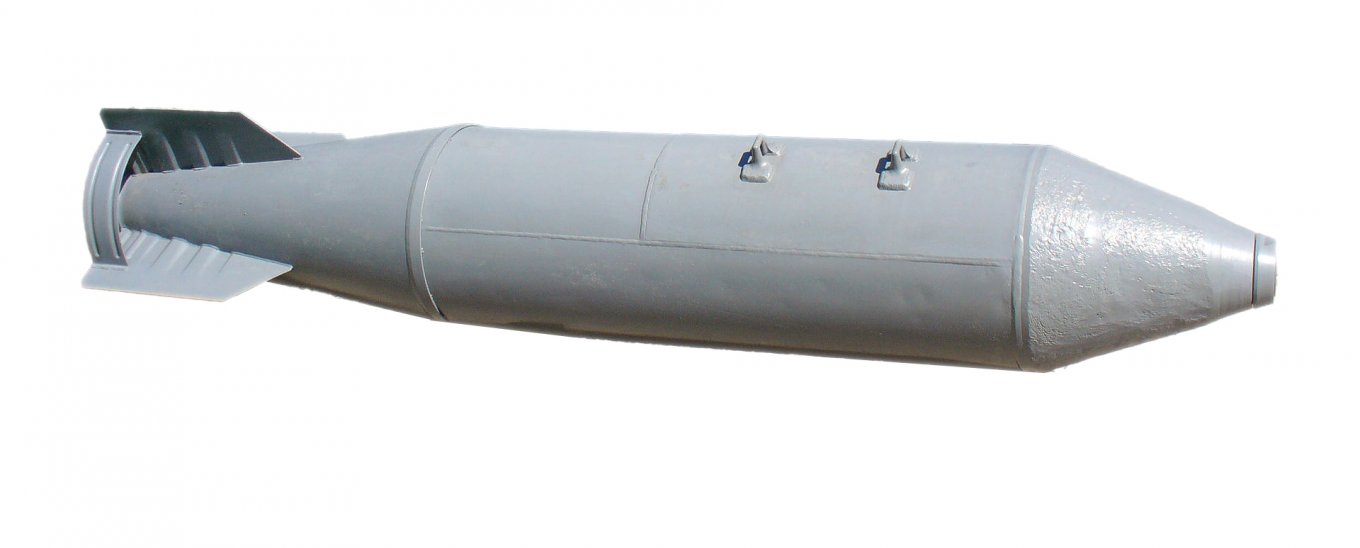
Even a practice nuclear airbomb has a different outline and wing configuration. For example, the standard weapon of this class in russia is the RN-40 containing a power of 30 kt. Its practice dummy counterpart is called IAB-500, it's filled with kerosene which upon detonation creates a mushroom cloud imitating visual effects of a nuclear explosion.
The real issue here is not the fact a wrong munition was mounted to the Su-25 and to show off a "nuclear weapon" but the fact the video was released as it is, with the wrong parts blurred. The VoenTV media agency responsible for the mishap is the official public relations service of the Ministry of Defense of belarus, and all the materials go through countless approval procedures prior to publication, at least commonly so.
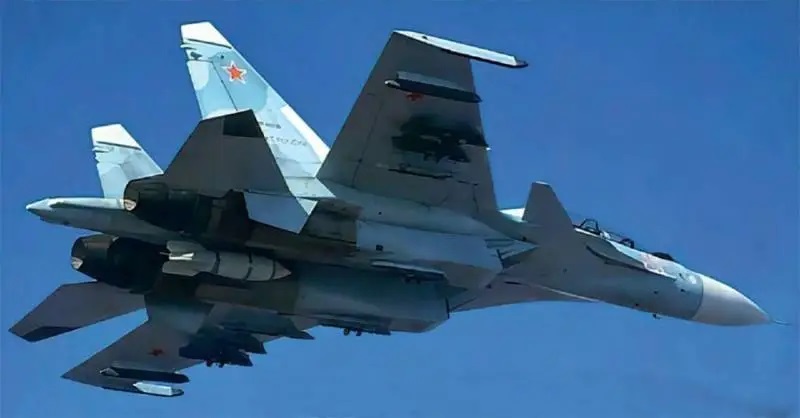
As for the Su-25 as an aerial vehicle not adapted for carrying nuclear weapons at all, in one of our previous articles Defense Express pointed out that in the USSR where the aircraft was created, Su-25 was positioned as a conventional attack aircraft.
It is limited in speed and maneuverability — crucial parameters for a safe discharge of a nuclear bomb. Particularly, the method of such a bomb drop requires the carrier to approach the target at low altitude and high speed. Once the weapon is released, the aircraft needs to perform an Immelmann turn and fall back in the opposite direction to make it out of the nuclear explosion's area of effect in time.

All the standard nuclear-capable aircraft in the Soviet Union and modern russia are supersonic and equipped with afterburners. Meanwhile, the Su-25 with its maximum speed of 974–984 km/h, with no afterburner and low thrust-to-weight ratio cannot guarantee success of such a maneuver.
At the same time, we should point out that belarus has full-time carriers of nuclear weapons. Not only the Iskander SRBMs but also the Su-30SM fighters. Even though the Air Force of belarus has never seen these aircraft (four units in service) as carriers of nukes.
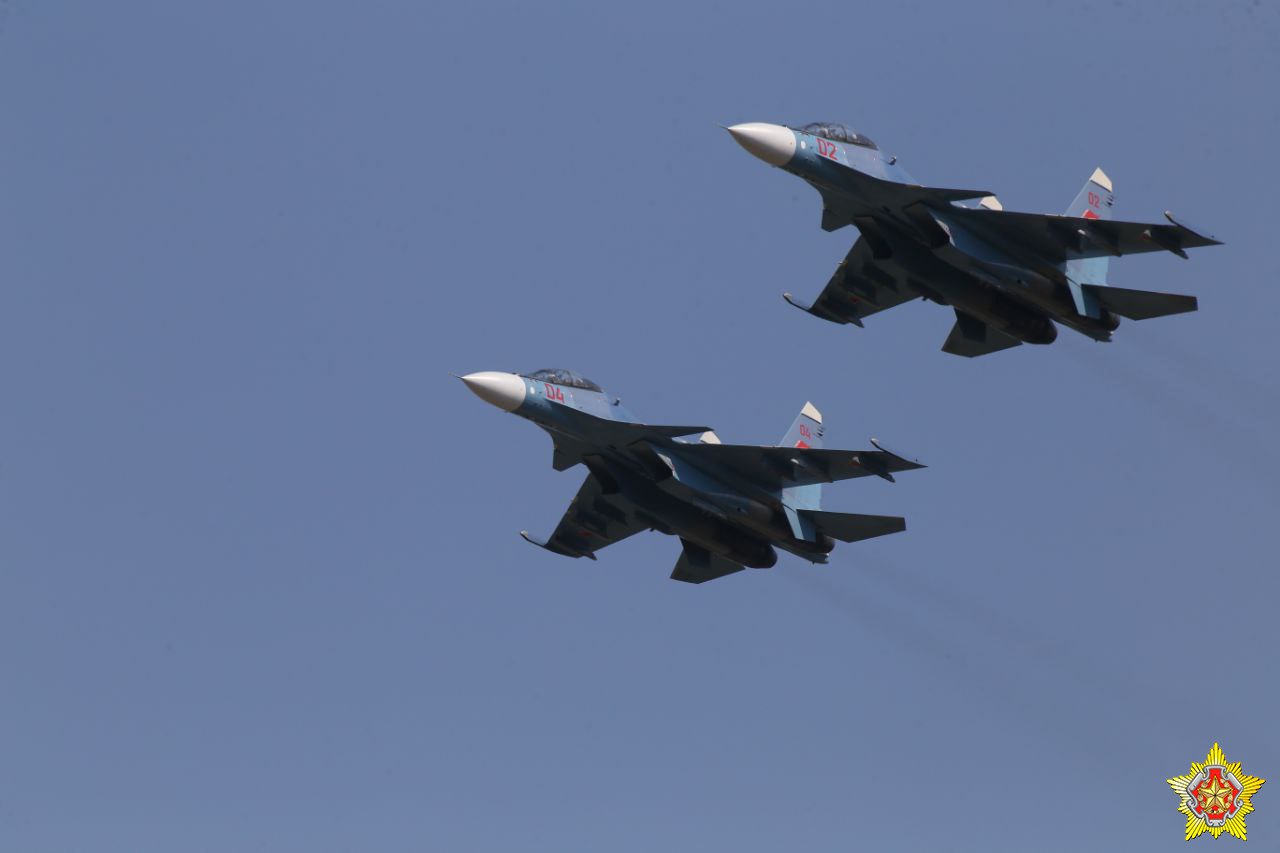
Read more: Satellite Armed with Nukes is Already Being Tested in russia, to Turn Space Orbit into Debris Graveyard







